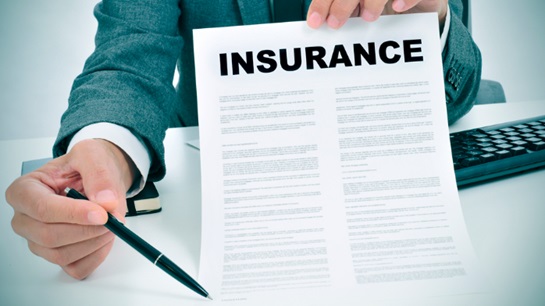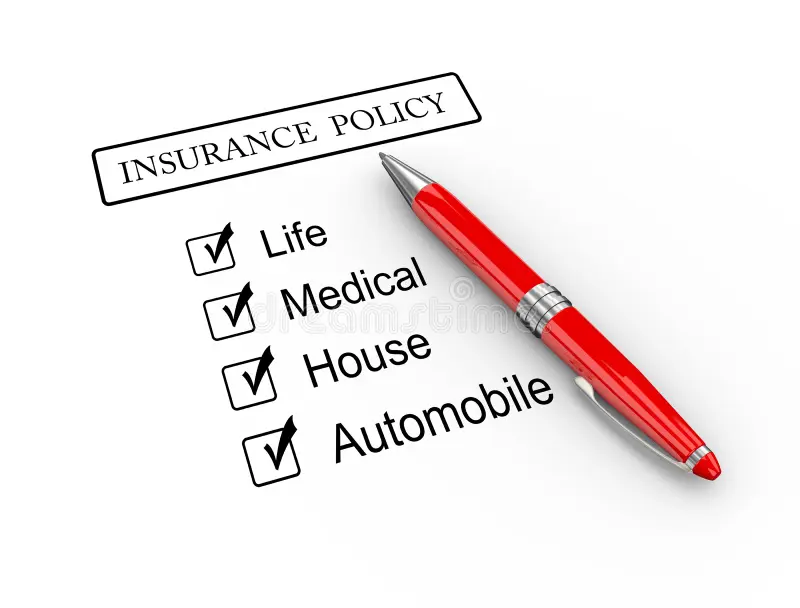Introduction
Policy Type and Structure of Insurance: A Comprehensive Guide. Insurance serves as a financial safeguard, protecting individuals and businesses from unexpected risks. Understanding the types of insurance policies and their structures is crucial for choosing the right coverage. This article explores various insurance policy types, their structures, and the essential components that define them.

1. Understanding Insurance Policies
An insurance policy is a contract between an insurer and a policyholder, outlining the terms of coverage. The policyholder pays a premium to receive financial compensation for covered risks. Each policy has unique terms, conditions, and coverage limits.
2. Major Types of Insurance Policies
2.1 Life Insurance
Provides financial security to beneficiaries in case of the policyholder’s death. It includes:
- Term Life Insurance – Covers a specific period and pays benefits if the policyholder dies within that term.
- Whole Life Insurance – Offers lifelong coverage and accumulates cash value.
- Universal Life Insurance – Provides flexible premiums and a savings component.
2.2 Health Insurance
Covers medical expenses such as hospitalization, doctor visits, and prescriptions. Common types include:
- Individual Health Insurance – Individuals’ purchases for personal coverage.
- Group Health Insurance – Provided by employers to their employees.
- Critical Illness Insurance – Covers severe illnesses like cancer and heart disease.
2.3 Property Insurance
Protects physical assets from damage due to risks such as fire, theft, and natural disasters. Key types include:
- Homeowners Insurance – Which covers home structure, contents, and liability.
- Renters Insurance – Protects personal belongings in rented properties.
- Commercial Property Insurance – Covers businesses against property damage.
2.4 Auto Insurance
Provides financial protection for vehicles in case of accidents, theft, or damage. Common policies include:
- Liability Insurance – Covers third-party injuries and property damage.
- Collision Insurance – Pays for damages to the insured vehicle.
- Comprehensive Insurance – Covers non-collision-related damages like vandalism and weather events.
2.5 Liability Insurance
Covers legal liabilities arising from injuries, property damage, or negligence. Examples include:
- General Liability Insurance – Covers businesses against third-party claims.
- Professional Liability Insurance – Protects professionals (doctors, lawyers) from malpractice claims.
- Product Liability Insurance – Covers manufacturers against defective product claims.
2.6 Travel Insurance
Protects travelers from unforeseen events such as trip cancellations, medical emergencies, and lost baggage.
2.7 Disability Insurance
Provides income replacement if the policyholder cannot work due to illness or injury.
2.8 Business Insurance
Covers business risks such as operational disruptions, employee injuries, and financial losses. Types include:
- Business Interruption Insurance – Which compensates for lost income due to unexpected disruptions.
- Workers’ Compensation Insurance – Covers medical expenses and wages for injured employees.
2.9 Cyber Insurance
Protects businesses and individuals from financial losses due to cyberattacks and data breaches.
3. Structure of an Insurance Policy
Insurance policies have specific structures that define coverage, exclusions, and claim procedures. Understanding these elements helps policyholders make informed decisions.
3.1 Declaration Page
The first section of the policy contains essential information such as
- the name of the policyholder.
- Policy number and coverage period.
- Summary of coverage limits and deductibles.
3.2 Insuring Agreement
This section outlines the insurer’s promise to provide coverage and details the risks covered under the policy.
3.3 Policy Exclusions
Defines the risks and situations that are not covered. Exclusions prevent policy misuse and clarify coverage limitations.
3.4 Endorsements and Riders
Modifications added to the policy to enhance or limit coverage. Examples include:
- Additional coverage for high-value items.
- Policy amendments based on specific requirements.
3.5 Conditions and Obligations
Specifies the policyholder’s responsibilities, including premium payments, claim procedures, and policy renewal terms.
3.6 Premium and Payment Terms
Details the amount payable by the policyholder, payment frequency, and factors affecting premium adjustments.
3.7 Claim Process
Explains the steps for filing a claim, including documentation requirements and timeframes for claim settlement.

4. Factors Affecting Policy Selection
Choosing the right insurance policy requires evaluating several factors, including
4.1 Financial Needs and Risk Tolerance
Assessing personal or business financial risks helps determine appropriate coverage levels.
4.2 Coverage Limits and Deductibles
Higher coverage limits provide better protection but come with increased premiums. Deductibles affect out-of-pocket expenses.
4.3 Policy Terms and Conditions
Understanding exclusions, waiting periods, and claim procedures ensure there are no surprises during claims.
4.4 Reputation of the Insurer
Checking the insurer’s claim settlement history, customer reviews, and financial stability helps in making a reliable choice.
4.5 Government Regulations and Legal Requirements
Certain policies, such as auto insurance, may be mandatory, depending on local laws and regulations.
5. Benefits of Understanding Policy Types and Structures
5.1 Informed Decision-Making
Understanding policies allows policyholders to select the best coverage for their needs.
5.2 Cost Optimization
Choosing the right policy structure helps balance coverage and affordability.
5.3 Faster Claims Processing
Knowing policy terms and conditions simplifies the claim process and prevents disputes.
5.4 Compliance with Legal Requirements
Ensuring adequate coverage prevents legal penalties and financial losses.

6. Common Misconceptions About Insurance Policies
6.1 “All Insurance Policies Cover Everything”
Every policy has exclusions and limitations; reading the fine print is essential.
6.2 “Cheaper Policies Are Better”
Low-cost policies may provide insufficient coverage, leading to financial risks.
6.3 “Once Bought, Policies Don’t Need Review”
Insurance needs to change over time; regular policy reviews ensure continued relevance.
6.4 “Only Big Businesses Need Insurance”
Individuals and small businesses also face risks that insurance can mitigate.
7. Conclusion
Understanding the types and structure of insurance policies helps individuals and businesses make informed decisions about financial protection. Choosing the right policy requires assessing risks, coverage needs, and insurer reliability. By comprehensively evaluating these factors, policyholders can ensure long-term security and peace of mind.
